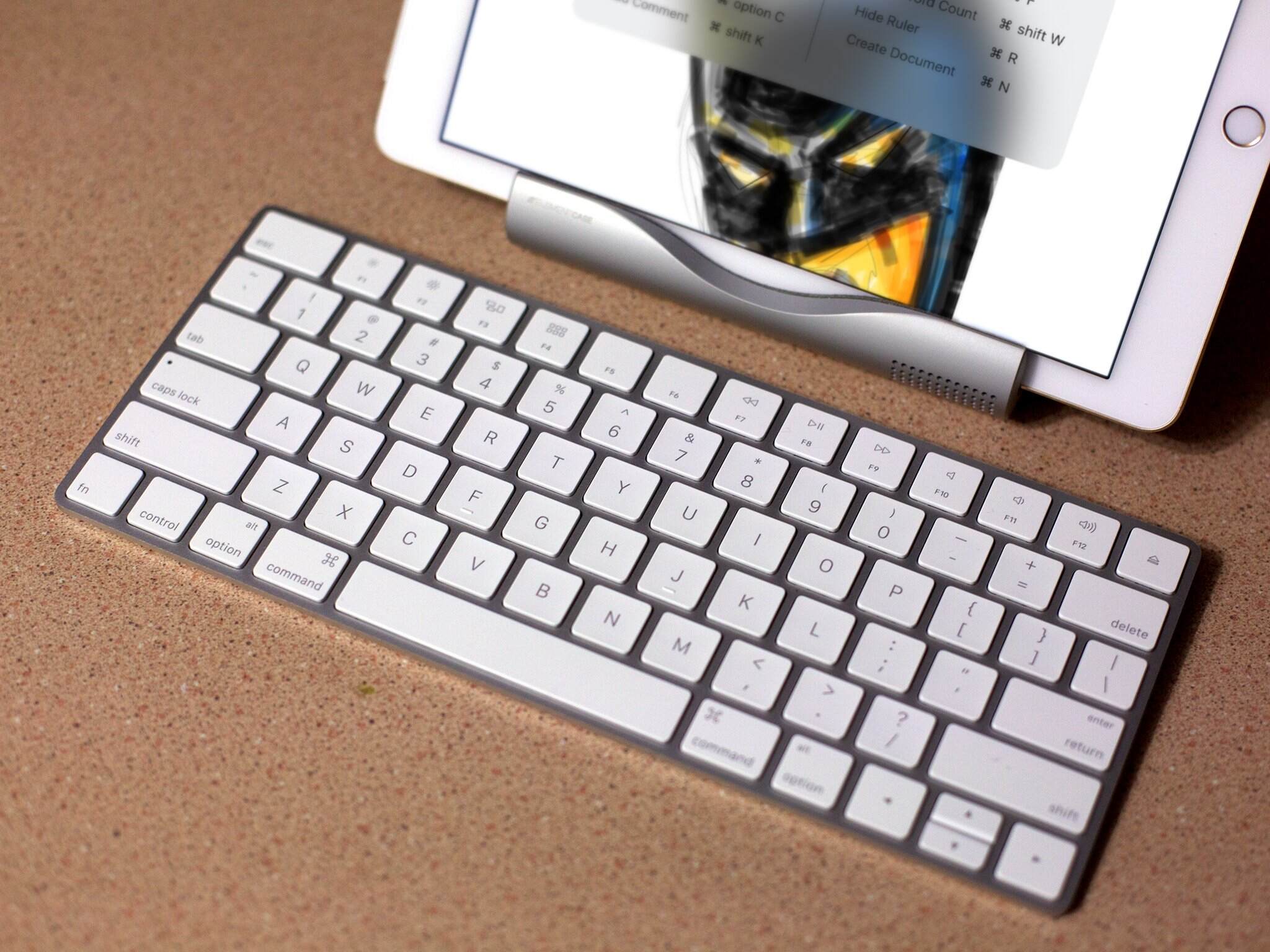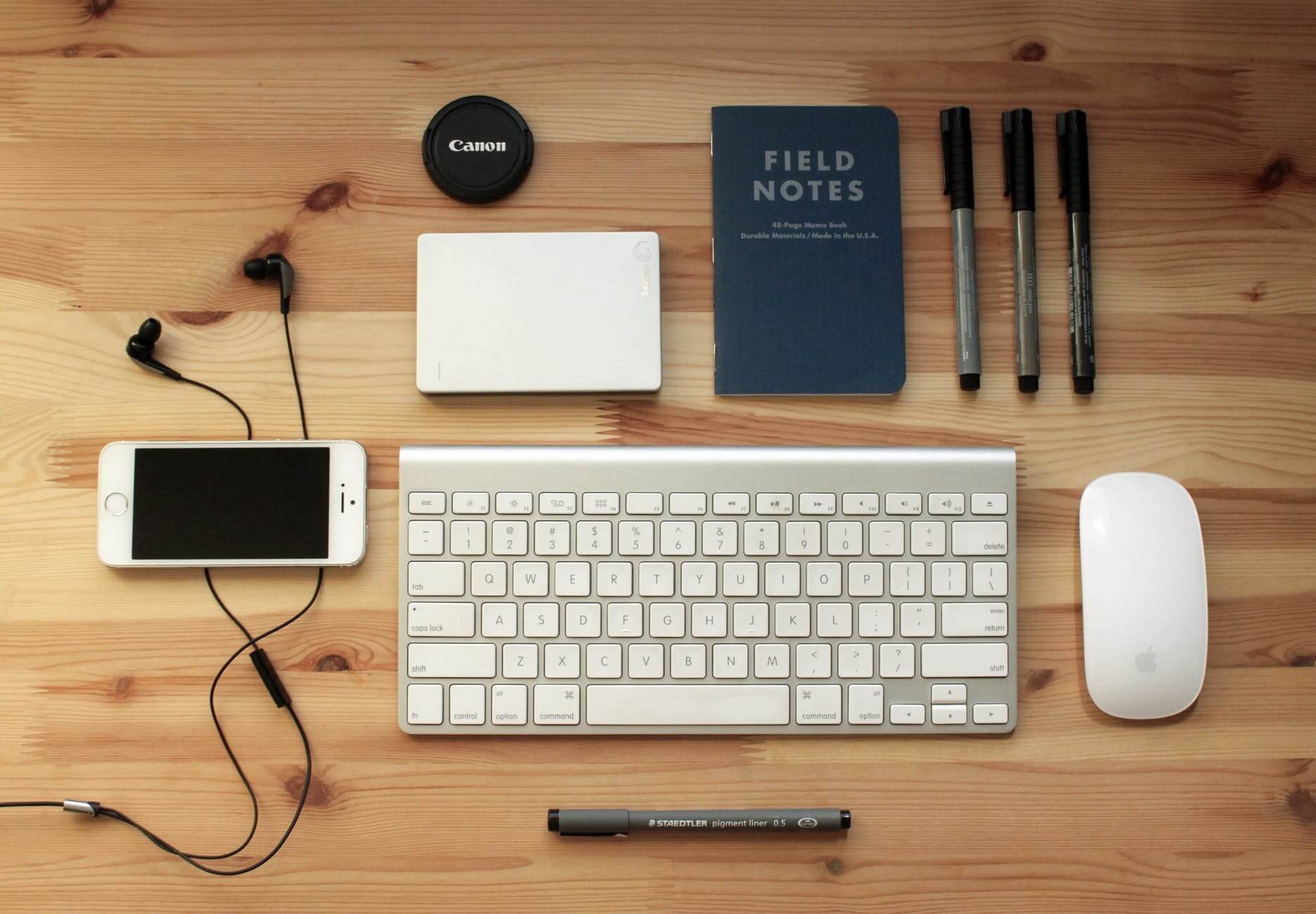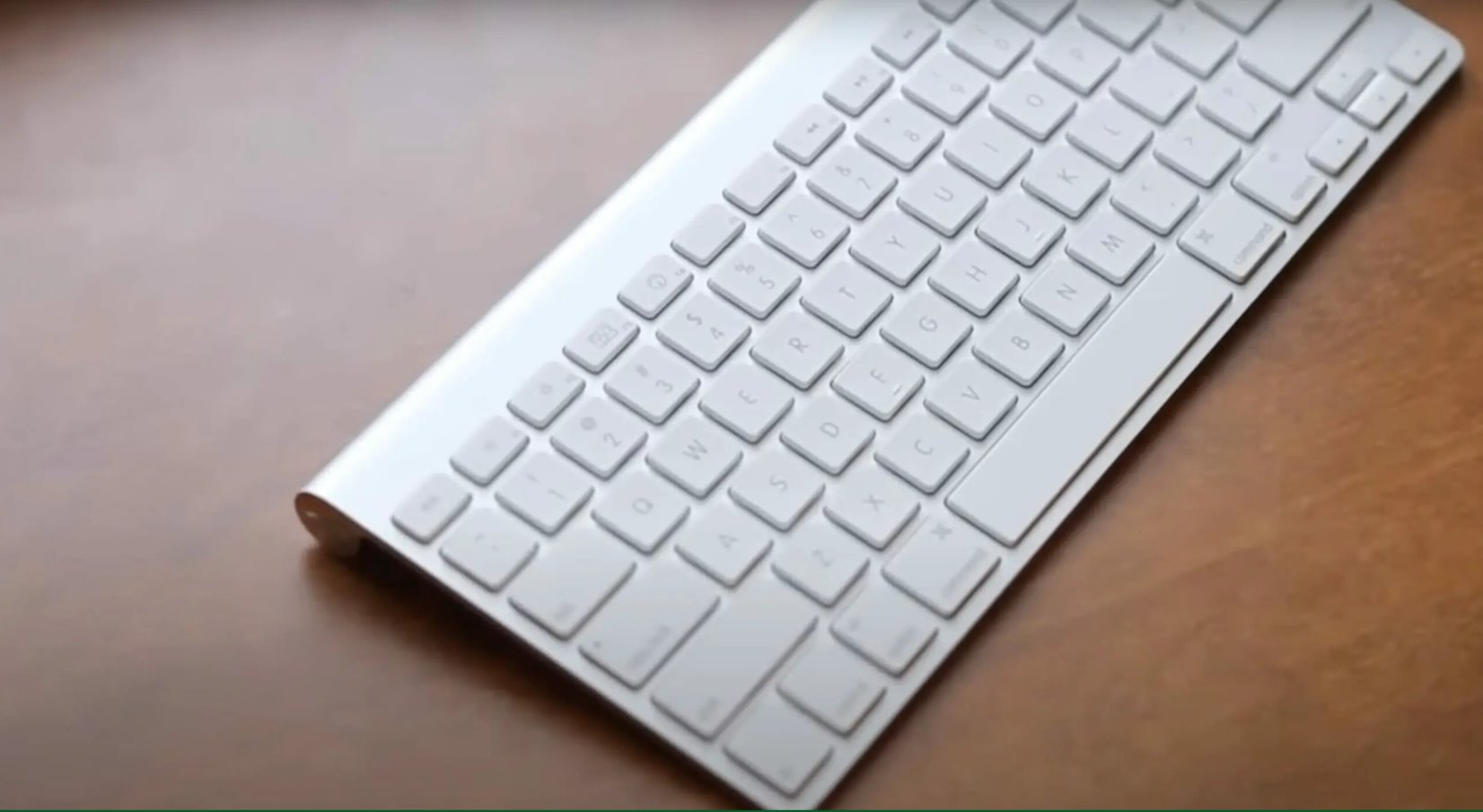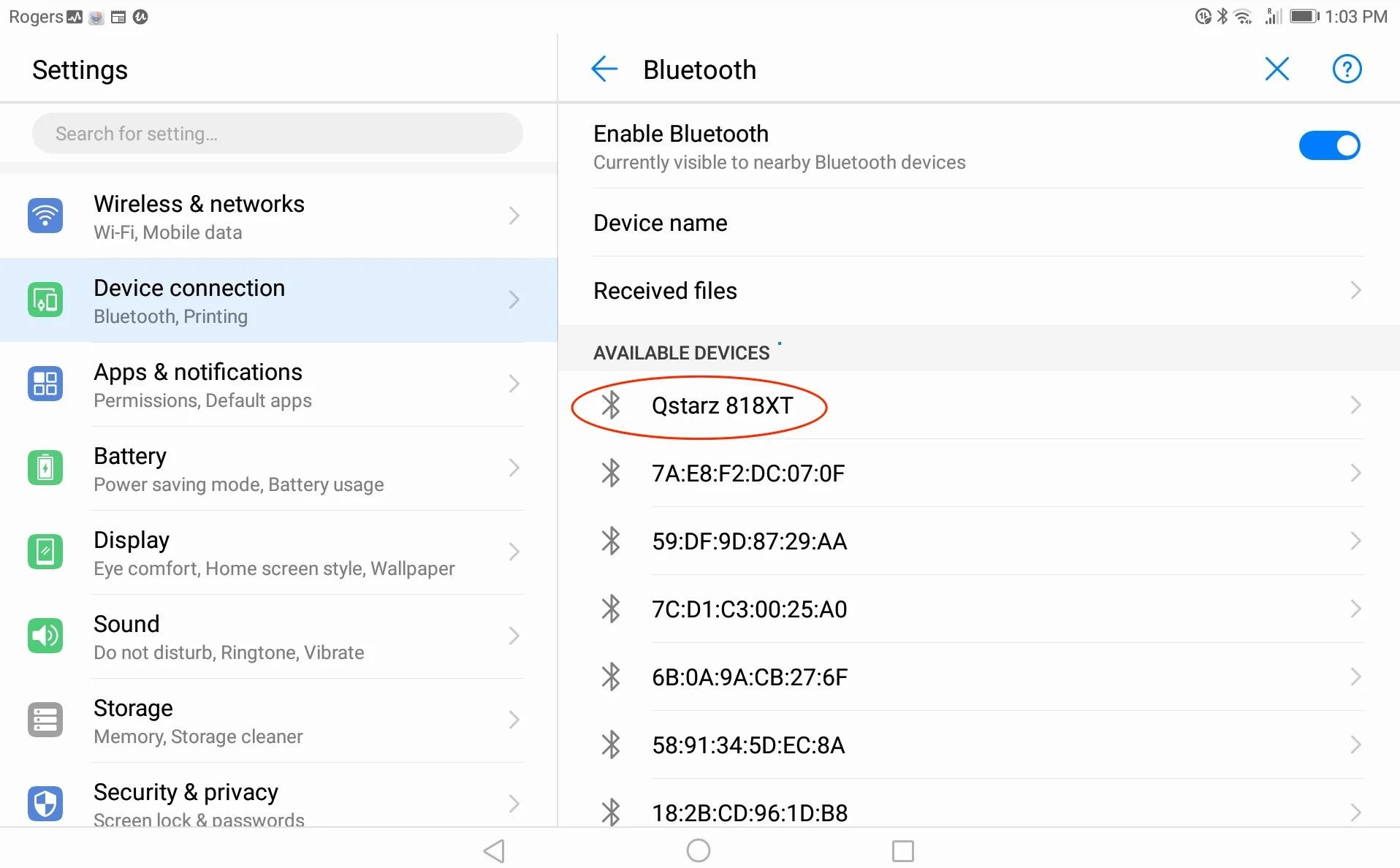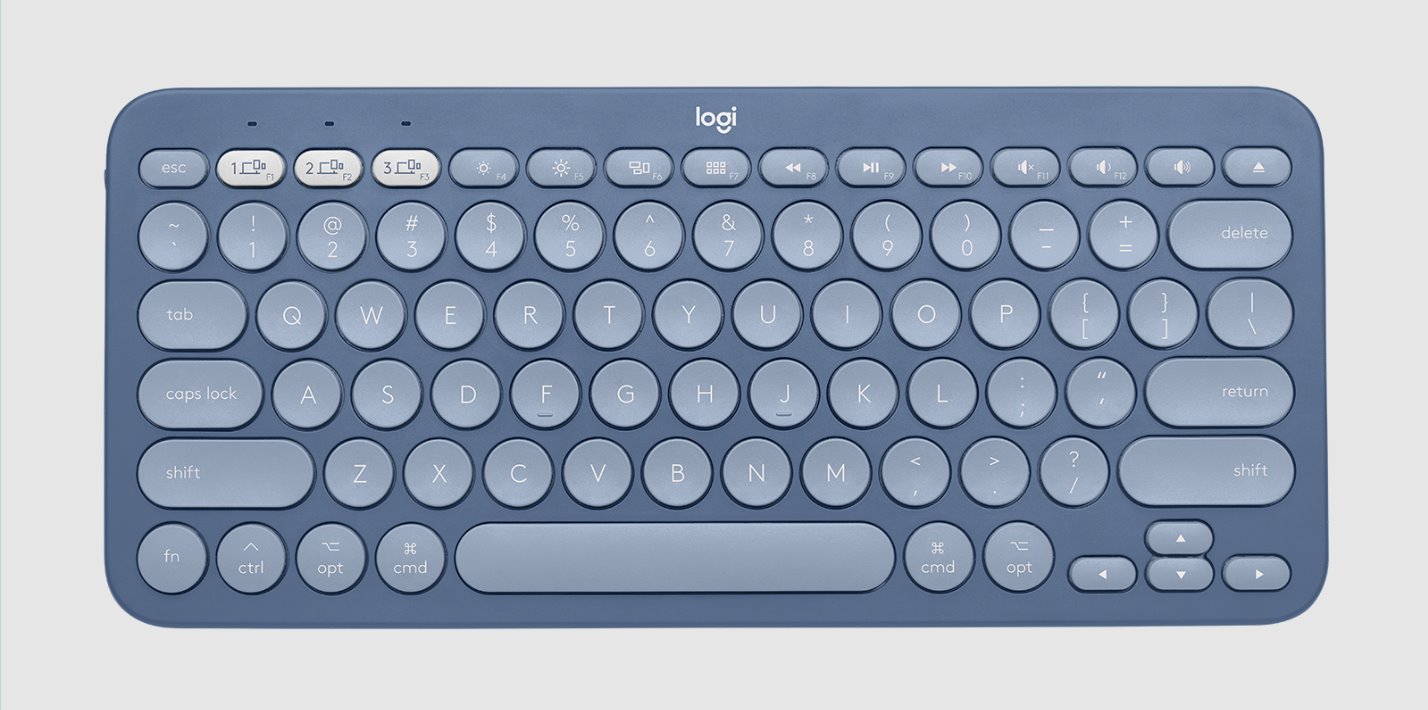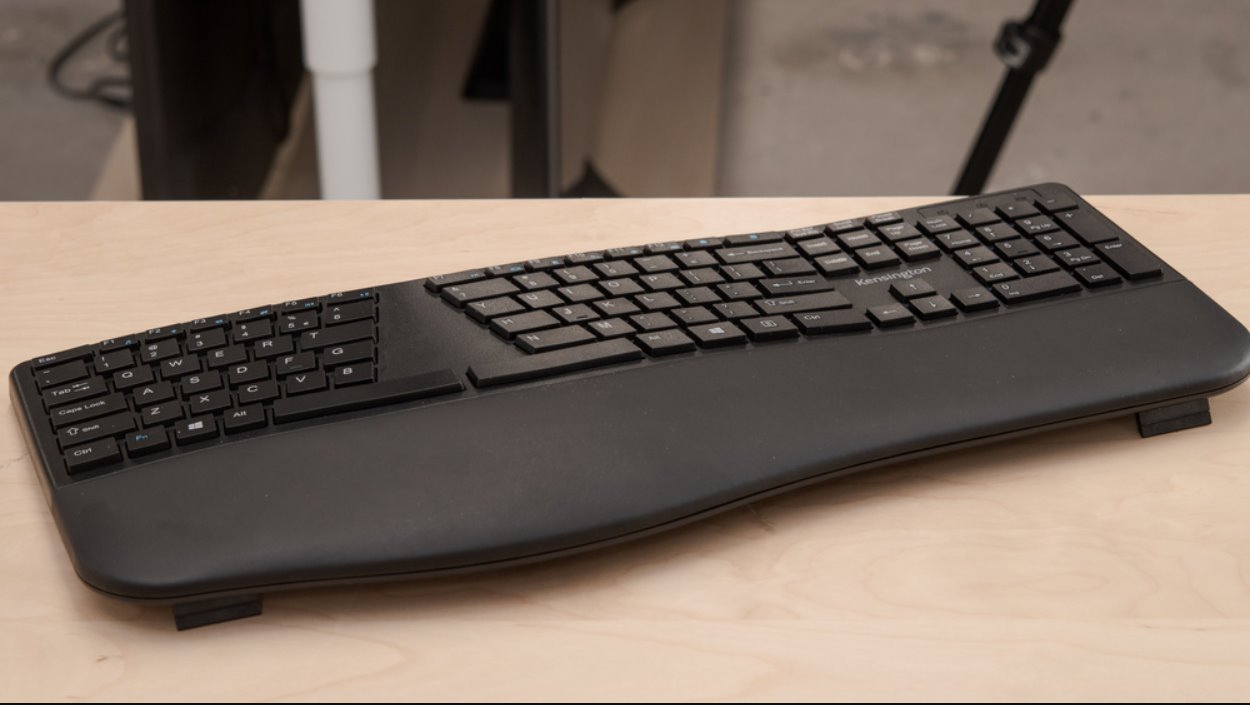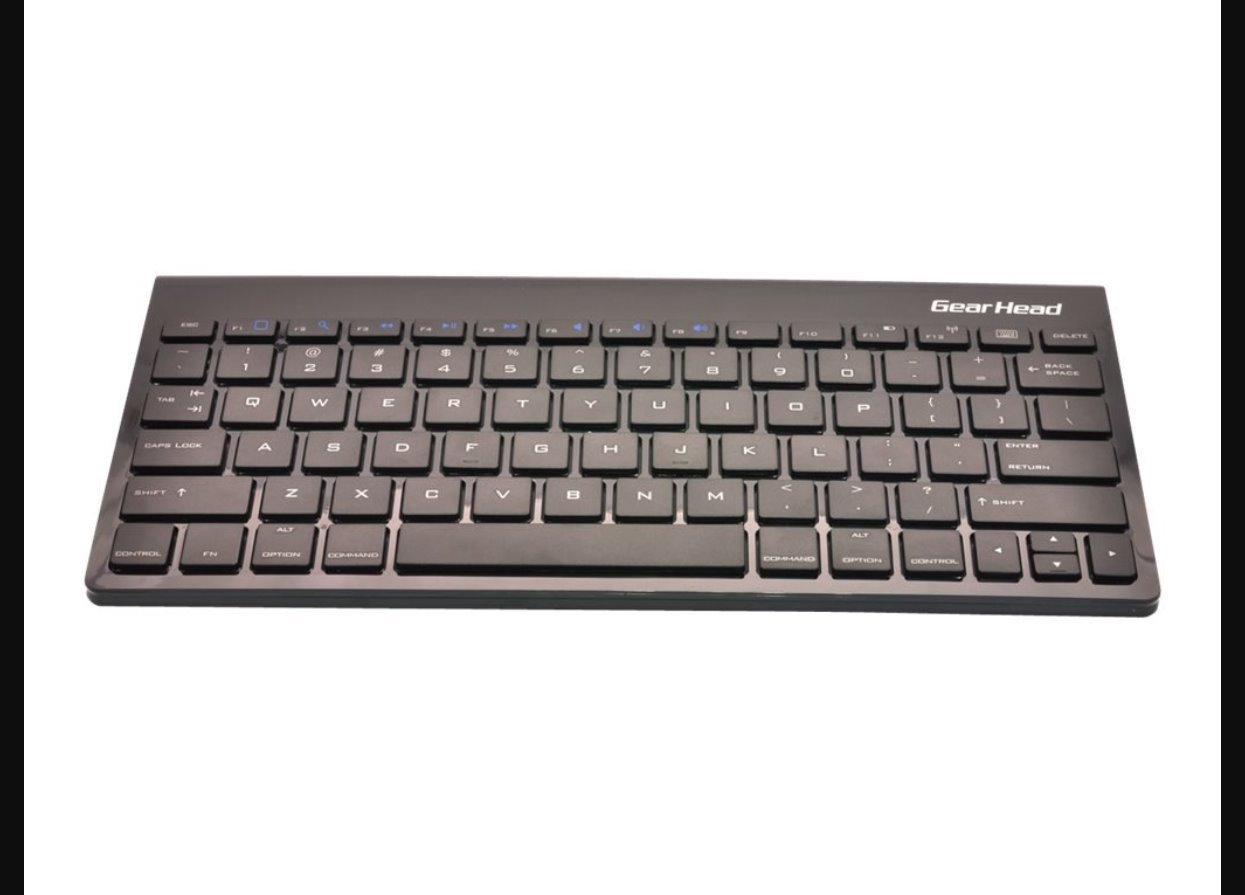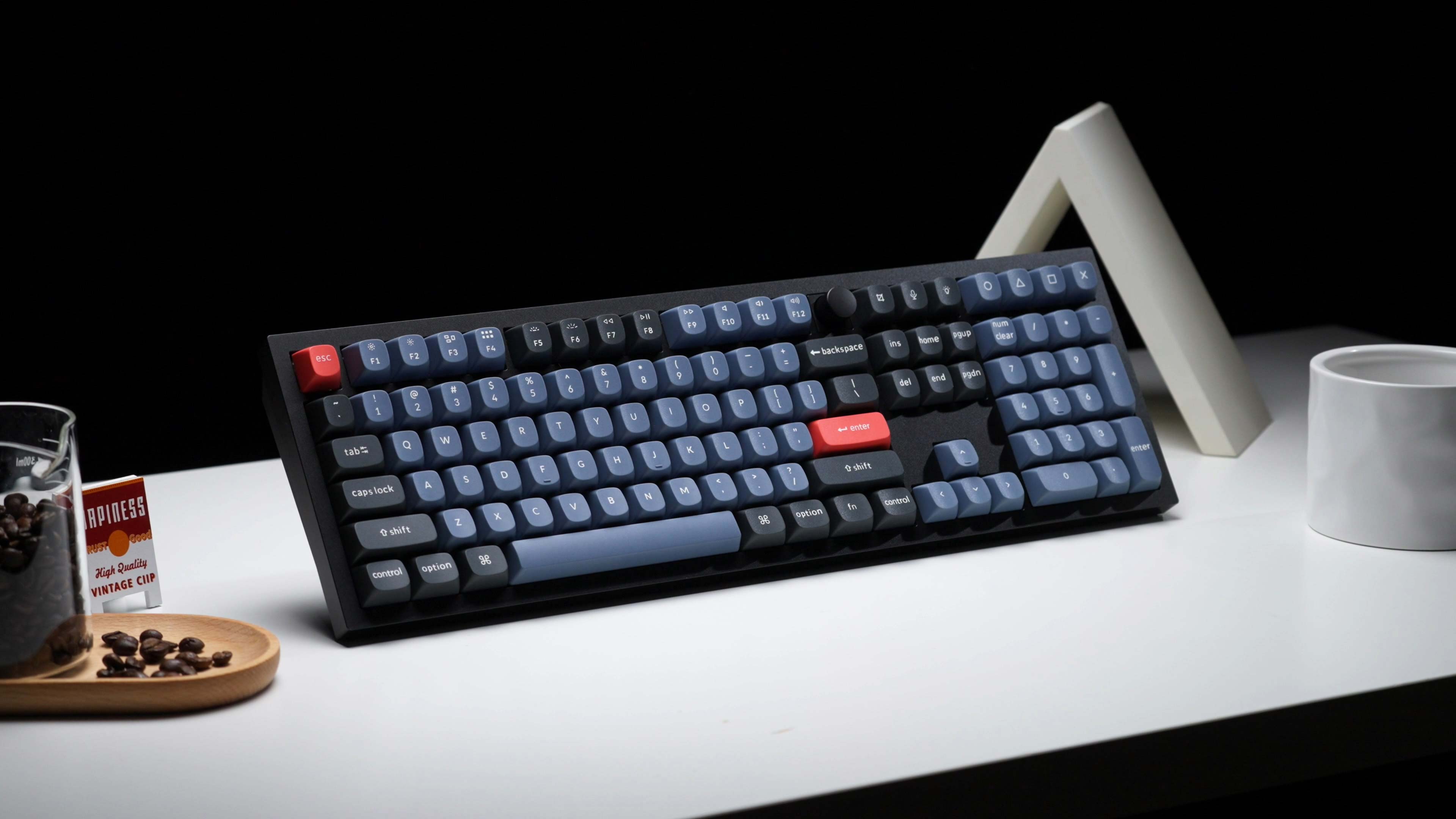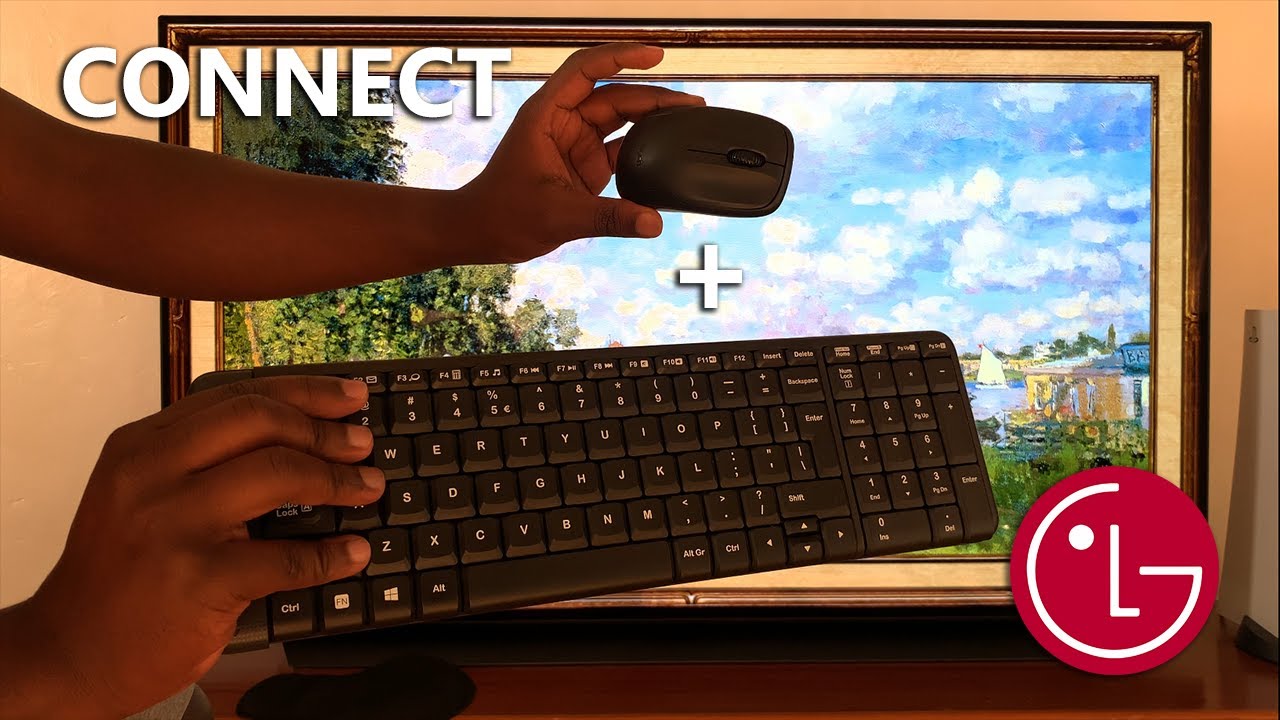Introduction
Welcome to our guide on how to make your wireless keyboard discoverable. In today’s digital age, wireless keyboards have become a popular choice for their convenience and flexibility. Whether you’re working on your computer, tablet, or even your smartphone, a wireless keyboard allows you to type effortlessly from a distance without the hassle of tangled wires.
Now, before you can start typing away comfortably on your wireless keyboard, you need to ensure that it is discoverable. What does that mean? It simply means making the keyboard visible or accessible to your device so that they can establish a connection.
In this article, we will explain the process of making your wireless keyboard discoverable for both Bluetooth and USB connections. Additionally, we will provide some troubleshooting tips to help you overcome any potential issues you may encounter during the discovery process.
So, if you’re ready to liberate yourself from the constraints of wires and unlock the full potential of your wireless keyboard, let’s dive in!
Understanding wireless keyboards
Before we embark on the journey of making your wireless keyboard discoverable, let’s take a moment to understand what exactly a wireless keyboard is and how it differs from its wired counterpart.
A wireless keyboard is a keyboard that connects to your device without the need for physical wires. Instead, it utilizes technologies such as Bluetooth or USB receivers to establish a connection.
One of the key advantages of using a wireless keyboard is the freedom it offers. You can place the keyboard wherever you find it comfortable, whether it’s on your desk, your lap, or even a few meters away from your device. This flexibility can greatly enhance your typing experience and allow you to work in a clutter-free environment.
Wireless keyboards come in various designs and form factors. Some are compact and lightweight, making them perfect for on-the-go use. Others are full-sized keyboards with all the standard keys, including a numeric keypad. There are also ergonomic wireless keyboards available, which are designed with comfort in mind to reduce strain on your wrists and hands.
Now that we have a basic understanding of wireless keyboards, let’s move on to the next section, where we will explore the step-by-step process of making your wireless keyboard discoverable for Bluetooth and USB connections.
Making your wireless keyboard discoverable for Bluetooth connection
If you have a wireless keyboard that uses Bluetooth technology to connect to your device, follow these steps to make it discoverable:
- Turn on your wireless keyboard by using the power switch, if applicable.
- On your device, navigate to the Bluetooth settings. This can usually be found in the system settings or control panel.
- Toggle on the Bluetooth functionality to enable it.
- Next, locate the option to “Add a Bluetooth device” or “Pair new device.” Click on it.
- Your device will now start searching for nearby Bluetooth devices. Wait patiently for the list to populate.
- Once your wireless keyboard appears in the list of available devices, select it.
- If prompted, enter the pairing code or PIN provided with your wireless keyboard. This step ensures a secure connection between your keyboard and device.
- After entering the code, click “Pair” or “Connect” to establish the Bluetooth connection.
- Your device will notify you once the connection with your wireless keyboard has been successfully established.
- Test the connection by typing on your keyboard. If the characters appear on your device, congratulations – you have successfully made your wireless keyboard discoverable via Bluetooth!
It’s important to note that the exact steps may vary slightly depending on your device’s operating system and version. However, the general process should remain similar. If you encounter any issues during the pairing process, refer to the troubleshooting section later in this article.
Now that you know how to make your wireless keyboard discoverable for Bluetooth connection, let’s move on to the next section, where we will explore making your wireless keyboard discoverable for USB connection.
Making your wireless keyboard discoverable for USB connection
If you have a wireless keyboard that connects to your device using a USB receiver, here’s how to make it discoverable:
- Locate the USB receiver that came with your wireless keyboard. It is usually a small dongle that you need to insert into a USB port on your device.
- If your device has multiple USB ports, choose a port that is easily accessible.
- Gently insert the USB receiver into the USB port. Make sure it is firmly inserted to ensure a stable connection.
- Your device will automatically detect the USB receiver and start installing the necessary drivers.
- Wait for the installation to complete. This may take a few moments.
- Once the installation is finished, your wireless keyboard should be automatically recognized and ready for use.
- Test the connection by typing on your wireless keyboard. If the characters appear on your device, congratulations – you have successfully made your wireless keyboard discoverable via USB!
It’s essential to note that some wireless keyboards may have a power switch that needs to be turned on before they can establish a connection. If your keyboard has a power switch, make sure it is in the “On” position before attempting to connect it via USB.
Additionally, keep in mind that USB receivers are device-specific. If you plan to use your wireless keyboard with multiple devices, you may need to pair it with each device individually by repeating the above steps.
Now that you know how to make your wireless keyboard discoverable for USB connection, let’s move on to the next section, where we will discuss troubleshooting tips for any potential issues you may encounter during the discovery process.
Troubleshooting discovery issues
While making your wireless keyboard discoverable should be a straightforward process, you may encounter some issues along the way. Here are some troubleshooting tips to help you overcome common discovery issues:
- Ensure your keyboard is in pairing mode: For Bluetooth keyboards, make sure the keyboard is in pairing or discovery mode. Refer to the manufacturer’s instructions to understand how to activate pairing mode on your specific keyboard model.
- Check compatibility: Verify that your wireless keyboard is compatible with your device’s operating system. Some older keyboards may not work with the latest operating systems.
- Move closer to your device: If you’re having difficulty establishing a Bluetooth connection, try moving closer to your device. Sometimes, the distance between the keyboard and device can affect the signal strength and stability.
- Change USB ports: If you’re using a USB receiver and experiencing connection issues, try inserting the receiver into a different USB port on your device. Sometimes, USB ports can become faulty or have compatibility issues.
- Restart your devices: A simple restart of your keyboard and device can often resolve connection problems. Turn off both your keyboard and device, then turn them back on after a few seconds and attempt the connection again.
- Replace batteries: If your wireless keyboard is powered by batteries, make sure they are not depleted. Replace old batteries with fresh ones and try connecting again.
- Update drivers and firmware: Ensure that your device’s drivers and firmware are up to date. Outdated software can sometimes cause compatibility issues with wireless keyboards.
- Check for interference: Wireless signals can be affected by interference from other devices or objects. Keep your wireless keyboard away from other electronic devices, such as cordless phones or microwave ovens, and ensure there are no large objects blocking the signal.
- Reset Bluetooth settings: If you’re still encountering issues with a Bluetooth connection, try resetting the Bluetooth settings on your device. This can sometimes resolve any underlying configuration problems.
If none of the above troubleshooting tips resolve your discovery issues, it’s recommended to consult the user manual or contact the manufacturer’s support for further assistance.
Now that we’ve addressed common discovery issues and provided troubleshooting tips, let’s wrap up this guide on making your wireless keyboard discoverable.
Conclusion
Congratulations! You have successfully learned how to make your wireless keyboard discoverable for both Bluetooth and USB connections. By following the step-by-step instructions and troubleshooting tips provided in this guide, you can now enjoy the freedom and convenience of using a wireless keyboard with ease.
Wireless keyboards offer a myriad of benefits, including increased flexibility, improved ergonomics, and a clutter-free workspace. Whether you’re a professional working on a project, a student taking notes, or a casual user browsing the internet, a wireless keyboard can greatly enhance your typing experience.
Remember to consult the user manual or contact the manufacturer’s support if you encounter any specific issues or have questions about your wireless keyboard. They are the best resources to provide you with device-specific guidance and assistance.
Now that you are armed with the knowledge to make your wireless keyboard discoverable, go ahead and explore the possibilities it offers. Enjoy typing with freedom and convenience, no longer tethered by pesky wires. Make the most out of your wireless keyboard and maximize your productivity and comfort.
Thank you for choosing our guide. Happy typing!







